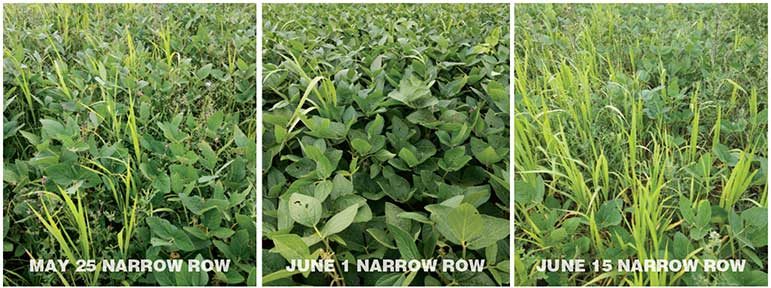No-Till Farmer
Get full access NOW to the most comprehensive, powerful and easy-to-use online resource for no-tillage practices. Just one good idea will pay for your subscription hundreds of times over.

IN THE FACE of marketplace pressures and mounting instances of herbicide-resistant weeds, a growing cadre of growers are turning to no-till organic soybeans.
While many no-tillers are familiar with using cereal rye as a cover crop during the off-season before soybeans, a practice that is gaining interest in this no-till organic system is to use cereal rye between the soybean rows during the growing season.
This approach is currently of experimental interest because the rye could help suppress weeds and it gives growers an alternative to trying to get rye established in the fall, which can be challenging in areas with a shorter growing season.
During the 2020 growing season, researchers at the Michael Fields Agricultural Institute, of East Troy, Wis., with direction from Erin Silva at the University of Wisconsin-Madison, did replicated field trials of this system to see if planting date and/or row width would impact results.
“There’s a lot of competition for resources, like nutrients and water, that we thought planting date would have an effect on,” says Nicole Tautges, an agroecologist with MFAI. She discussed mid-season results of their studies in an August 5 webinar hosted by the Institute. Silva, associate professor and organic and sustainable cropping systems specialist at UW-Madison has also conducted similar trials at the university’s Arlington Research Station.
Trial Setup. The MFAI study looked at three planting dates: May 26, June 1 and June 15. Originally, researchers planned for the earliest date to be May 15 but wet weather prevented fieldwork at…